Risk: An essential ingredient in children’s play
Play without risk is like a hotdog without mustard. It’s better than nothing but so much tastier when the two are together. Play without risk still has some value, but it quickly becomes rather boring.
In play children continually extend their boundaries and strengthen their abilities. This means taking risks, which they do, by assessing their abilities and matching them to the conditions of their environment. Are the branches strong enough so that I can climb higher? Can I jump from the swing into the sand pit? Can I climb the ladder to the tall slide; can I jump from the high diving board? Play is full of such choices, but when it is sanitized and nearly devoid of risk, as happens so often today, children become disinterested.
There is widespread agreement that today’s children are playing less, becoming more sedentary and overweight, and seem less able to work out social difficulties with peers. Creativity scores among children have been falling since 1990, despite the recognized need for greater creativity in the 21st century. Education gives less and less opportunity for play and creativity, and home life tends to be dominated by screen time and/or organized, adult-led activities. While some of these activities are fruitful for children, they should not replace time for child-initiated, child-directed play. In such play children get to know themselves and the world around them. In such play, children take chances and learn to cope with risks.
Children’s ability to assess risk
Risk assessment is the child’s means of matching the demands of the environment with their own sense of inner capacity. Watch them climb a tree or a jungle gym, testing every step of the way. Few children are foolhardy and plunge ahead without testing a situation. Nonetheless, we treat children as if they are all daredevils like Evel Knievel or as if they are incapable of assessing risk.
Research indicates that children as young as six months proceed with caution when a new and potentially dangerous situation appears before them. They back up or gingerly feel their way forward. Already at this young age, they know how to assess risk.
In my work with young children, I saw them continually risk-assess, especially in new situations. When I took them to a new park, for instance, I went first to become familiar with the possibilities and risks. Then I rarely needed to give them instructions other than defining the boundaries for roaming. They explored eagerly but not foolishly. And while we occasionally experienced splinters and scrapes, there was rarely anything more serious.
Injury is always a concern, and one needs to protect children from serious injury while not wrapping the child in cotton wool. How much injury is acceptable? This varies by age and circumstance but it’s best to see lesser injuries as a normal part of children’s exploration of the world. As the excellent publication, Managing Risk in Play Provision states, “In a playground, bumps, bruises, scrapes and even a broken limb are not necessarily warning signs of greater dangers, as they might be in a factory or an office environment. They are to be expected as part of everyday life for children growing up.”
To protect children from all injuries, well-meaning parents and litigation-minded professionals have created a different problem — children who do not know how to handle risk because they are given too little opportunity to practice that skill. University professors, for instance, report that today’s students need everything defined with clear outcomes. They cannot tolerate any uncertainties. A course can be highly structured to meet their needs, but life itself comes in a variety of unexpected forms, including major storms and social upheavals. Many of today’s young people lack the resilience and ability to cope with risks that life inevitably brings, and that can be truly dangerous for them.
The Most Risky Playgrounds?
I recently visited several playgrounds in Wales and England, both adventure playgrounds and destination playgrounds that contained more adventurous opportunities than is typically available in the U.S. Many of the children using the equipment were school-age. It was wonderful to see how skilled they were in using their bodies in play.
For instance, at London’s beautiful Victoria Park, there was a swing made of a long log hanging from a frame on chains. One child or many children could stand on it and make it swing back and forth. It had a long range of movement, and children displayed balance and skill in making it move.
At Glamis Adventure Playground in London there were swings of every type: traditional swings hanging from a round frame so children looked at each other as they swung; a large net swing in which many children could settle while others pushed; and a swing with two knotted ropes hanging from a central point. It could be used by one or two children at a time, pushing off from a sloping wooden platform that surrounded the ropes. The children periodically pushed off from the platform to keep themselves circling around and not crashing in the middle. The older ones moved fast and sat or stood on the knots in every possible position. They were amazingly skilled and looked like circus performers on the swing.
At The Land, an adventure playground in Wrexham in north Wales, children were hammering together pallets to create playhouses. They were similar to buildings I’ve seen at Berkeley’s Adventure Playground and other “hammer and nail” playgrounds. At Berkeley, builders often drop off spare lumber and children use it to construct one and two-story playhouses or dens. At a Swiss adventure playground, I’ve even seen three-story structures built by the children. Such structures look unstable, but the children use many nails and test the structure as they build so that the finished structures are quite sturdy. When the staff needs to remove the buildings to make room for more, they use a chainsaw to cut them down. The wood is then burned as part of bonfires.
Fire is a frequent element in an adventure playground. At Glamis, the fire is used to cook a simple meal as well as to give warmth and light. In the winter it is growing dark when the children arrive after school, and playing in the dark is part of the fun. The playground is gently illuminated with spotlights and strings of light. But the fire is a gathering point, especially when the potatoes wrapped in foil are ready to eat, along with hot tea.
An adventure playground becomes its own world in which children are free to explore and play. Wild and disorderly as it may appear, the equipment is checked daily by the adults to be sure that nothing is broken or likely to harm a child. The staff of playworkers is present and provides oversight without interference, except when needed. The interactions between playworkers and children are delightful to watch, spicy and frank. It’s clear that the children, often from difficult home environments, trust the playworkers and see them as a stable part of their lives.
A question we frequently asked the playworkers was what are the characteristics that differentiate an adventure playground from a playground with adventurous equipment? In an adventure playground, there is fixed equipment, often handmade by builders, but there are also loose parts — basic materials that children can play with in myriad ways. Thus the adventure playgrounds look different every day as children move tires, build houses, hang clothes, and make many other changes to their environment. Playworkers are present at adventure playgrounds to support such play but are generally not present at a community playground or destination park.
A combination of approaches takes place when a traditional playground has a play pod, a container filled with loose parts, that is opened when a playworker or volunteer is present. Some schools in the UK have play pods which are open during recess. A wonderful video on “Scrapstore PlayPods” is available on YouTube and talks about the opportunities for risk assessment when playing with loose parts.
The Venture, a thirty-year-old adventure playground in Wrexham, goes further than most playgrounds in serving as a center for community life. On the grounds of the playground is a parent-child class and an alternative school that teaches young people carpentry and plumbing. The students have built equipment for the adventure playground, including a very large playship.
Taking a fresh look at risk
One often assumes that risk leads to injury in play, but several surveys attest to low injury rates on adventure playgrounds. A 2001 survey by the National Children’s Bureau of 13 adventure playgrounds in London found that serious accidents were very rare at the adventure playgrounds. A Canadian study of adventure playgrounds in Ottawa in the 1970s found lower accident rates than in traditional playgrounds. The authors commented that children seem to be more careful when they know they are handling tools or doing other potentially dangerous things. In other words, when children are given genuine risk, they rise to it.
In a small study commissioned by the Alliance for Childhood, Halcyon Reese-Learned interviewed heads of adventure playgrounds in California. They reported some accidents but overall the rates of injuries were very low. They were not considered higher than traditional playgrounds, and insurance companies did not require extra insurance for adventure playgrounds. Of the three adventure playgrounds, two reported a single lawsuit over thirty years, and the other reported none.
Facing visible risks is different from encountering hidden hazards such as play equipment with a broken or poorly designed part, or broken glass on an otherwise open field. Hazards are things children cannot see and therefore cannot risk assess. It is up to the adults to do this level of assessment.
It is also up to the adults to weigh benefits against risks. Skateboard parks can lead to accidents, but without them, children have even more injuries by developing their skills on sidewalks and streets. In the U.S. risk-benefit analysis often takes place unconsciously when we decide, for instance, that the benefits of playing sports outweigh the risks, even though 775,000 children ages 14 and under are treated in emergency rooms for sport-related injuries each year, according to the CDC. No one wants to see children injured but when the benefits are perceived as great, the tolerance for injury increases.
Once the value of risk in play is better appreciated, the tolerance for related injuries will also be accepted, particularly as the injuries are usually minor. The current challenge is to cultivate an understanding for the value of risk in children’s play.
Suggested steps
- Rethink risk and see its values, not just its problems. Three publications are especially helpful.
Adventure: The Value of Risk in Children’s Play by Joan Almon (available through Amazon);
Managing Risk in Play Provision: Implementation Guide by David Ball, Tim Gill, and Bernard Spiegal (available at www.playengland.org.uk);
No Fear: Growing Up in a Risk Averse Society by Tim Gill - Practice risk-benefit analysis, not just risk assessment. Chapters five and six of Managing Risk in Play Provision focus on this nuanced approach to risk and play.
- Design play spaces with risk in mind. Rather than providing as little risk as possible, give as much risk as children can handle. Consider challenges for different ages and develop play spaces that appeal to all ages, including teens and adults.
- Make sure children get to play every day, ideally for several hours, indoors and outdoors, at home and in neighborhoods, parks, and playgrounds. School recess is also a vital time for play.

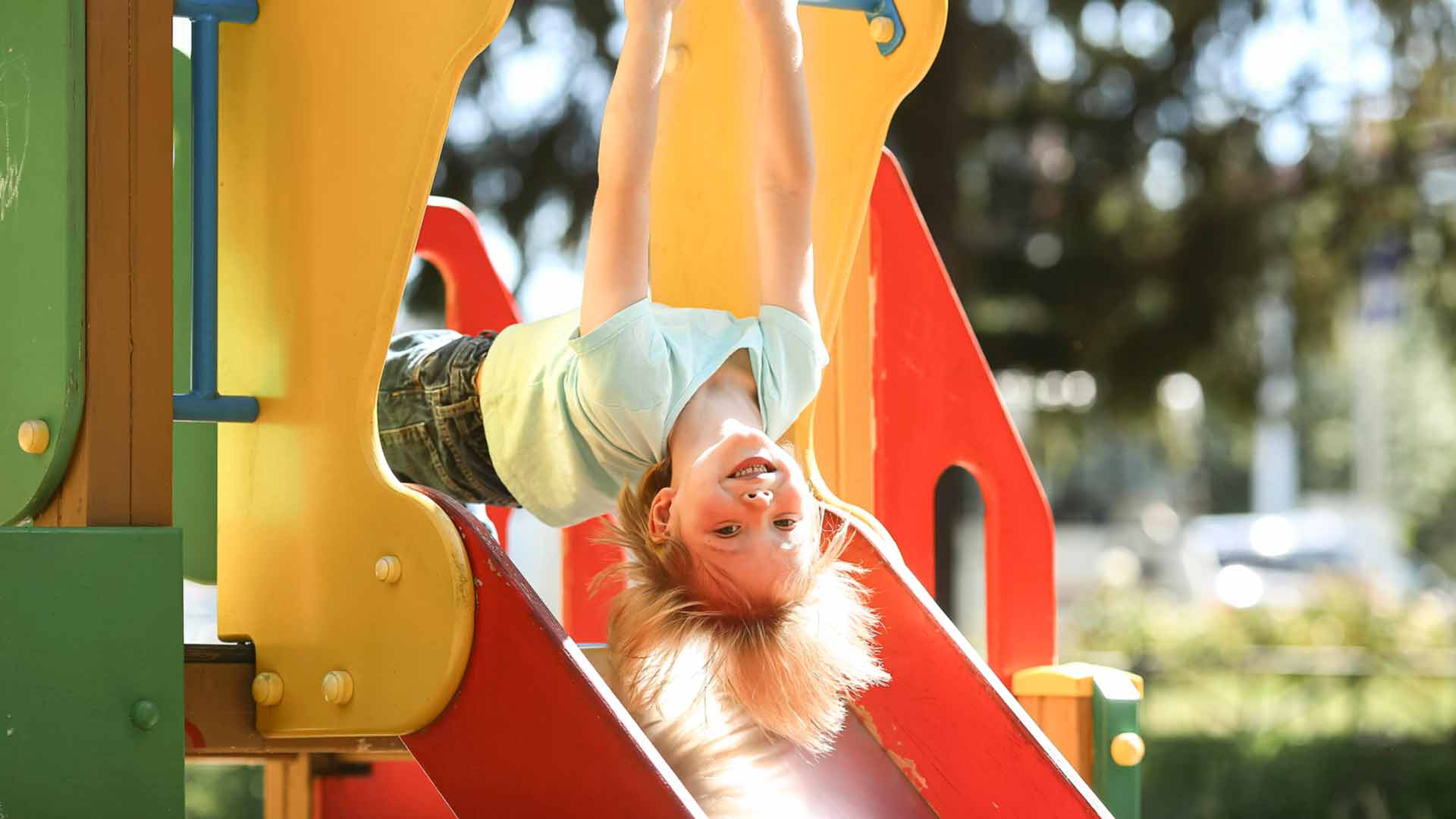

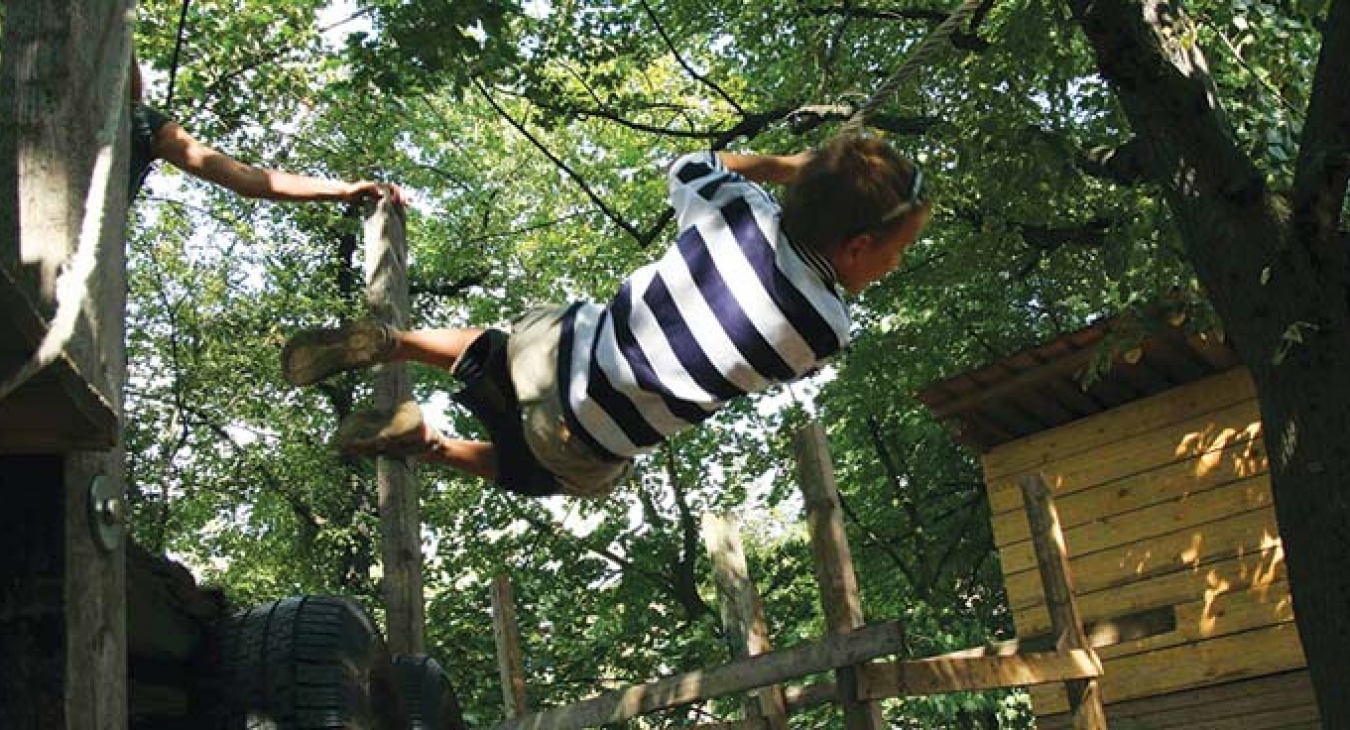


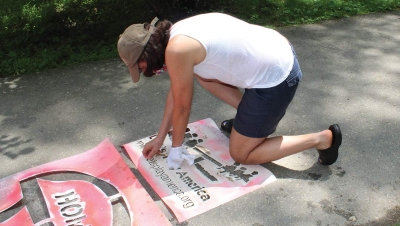
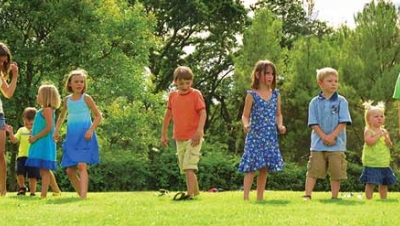







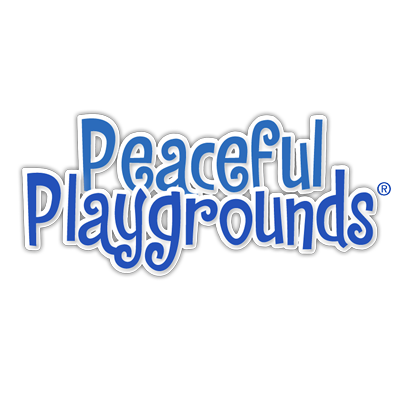
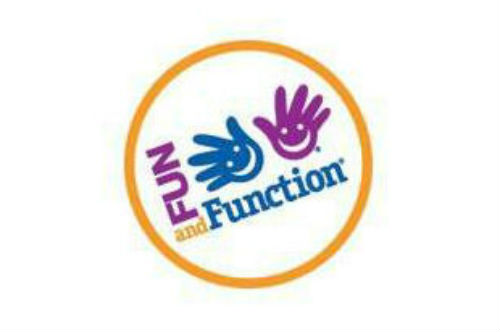





Risk assessment in School
I really liked this article. it brought back fond memories of downtown. Risk assessment is the child’s means of matching the demands of the environment with their own sense of inner capacity. I think firstly we learn about Risk assessment in school, so school environment is important for Risk assessment.
Add new comment